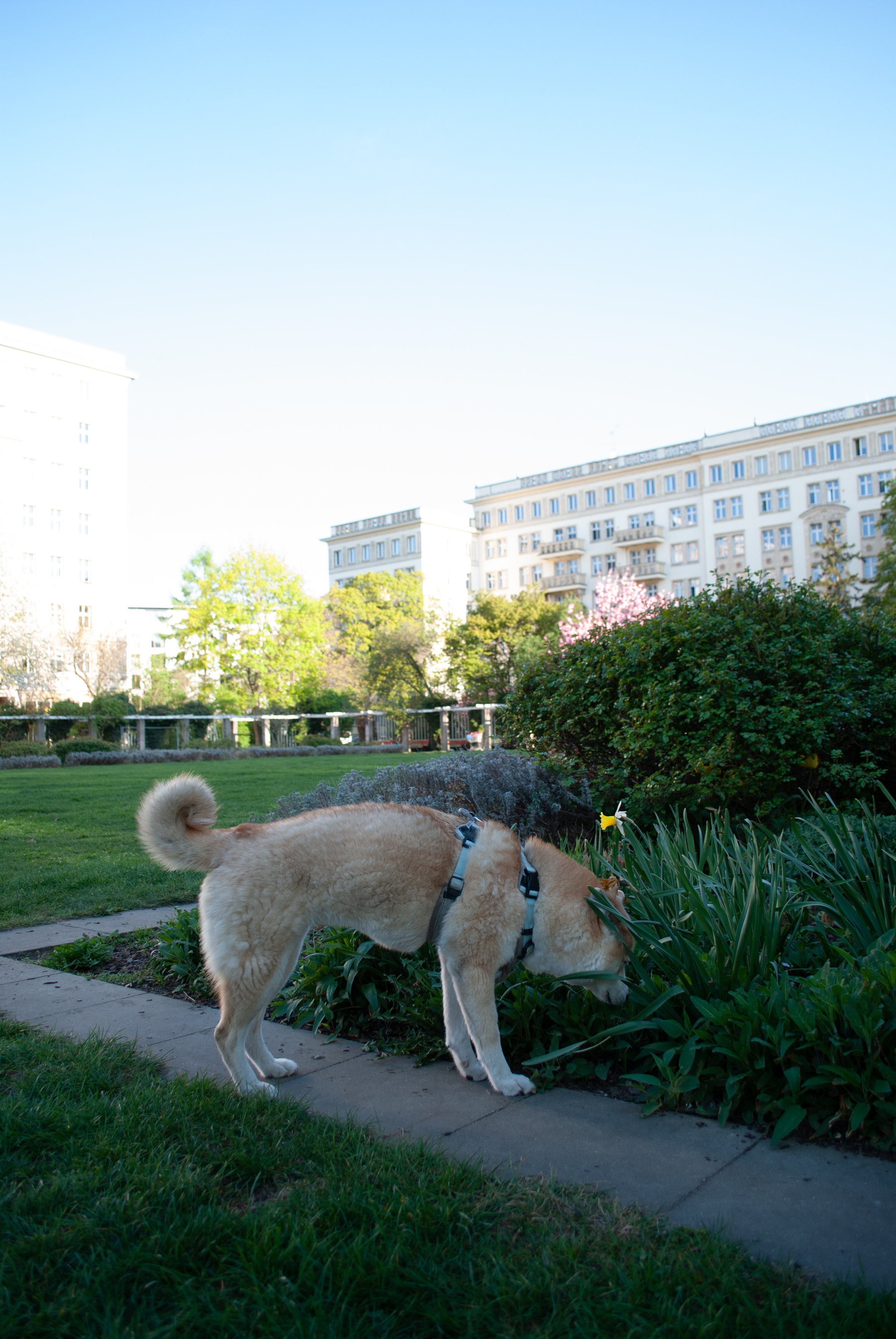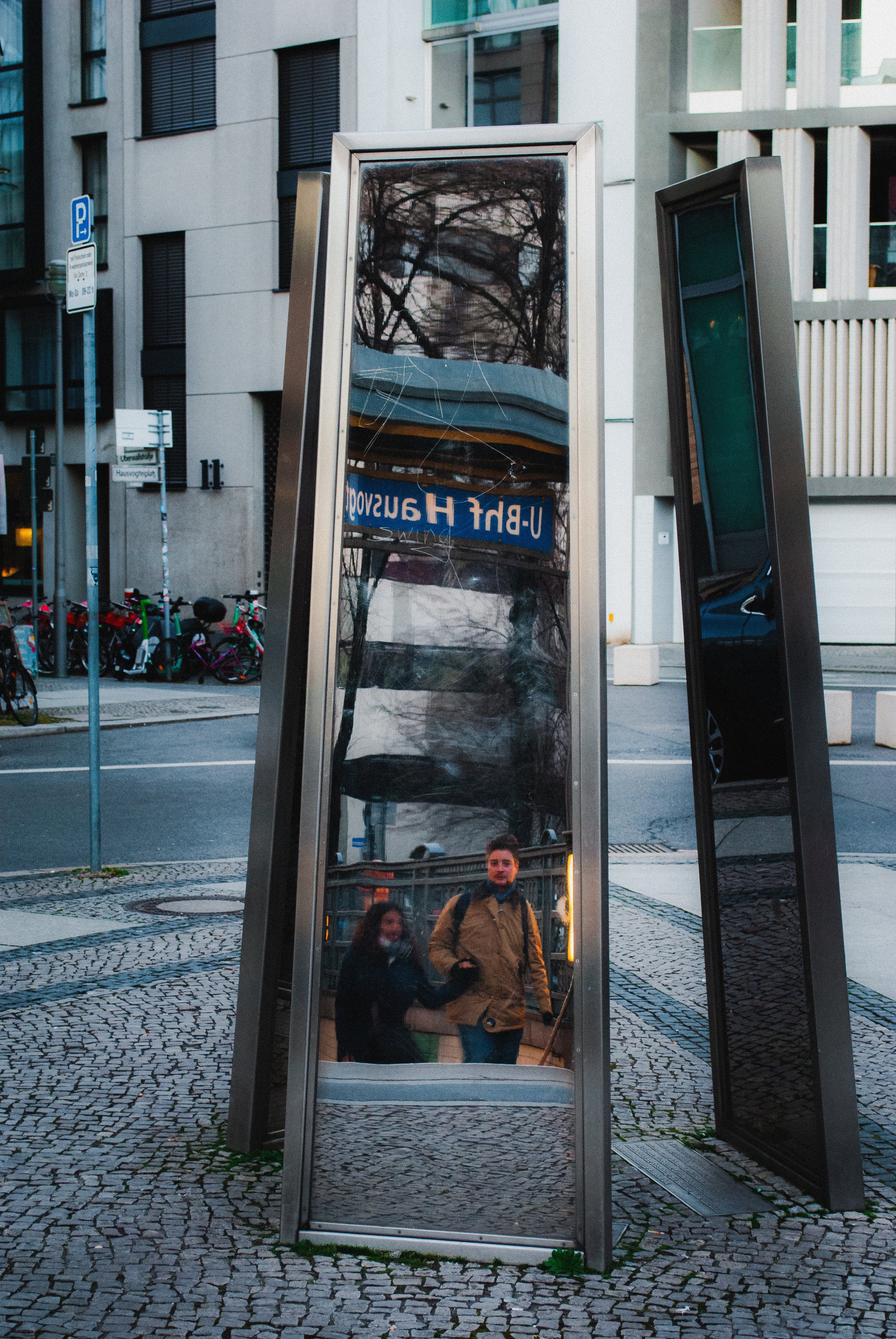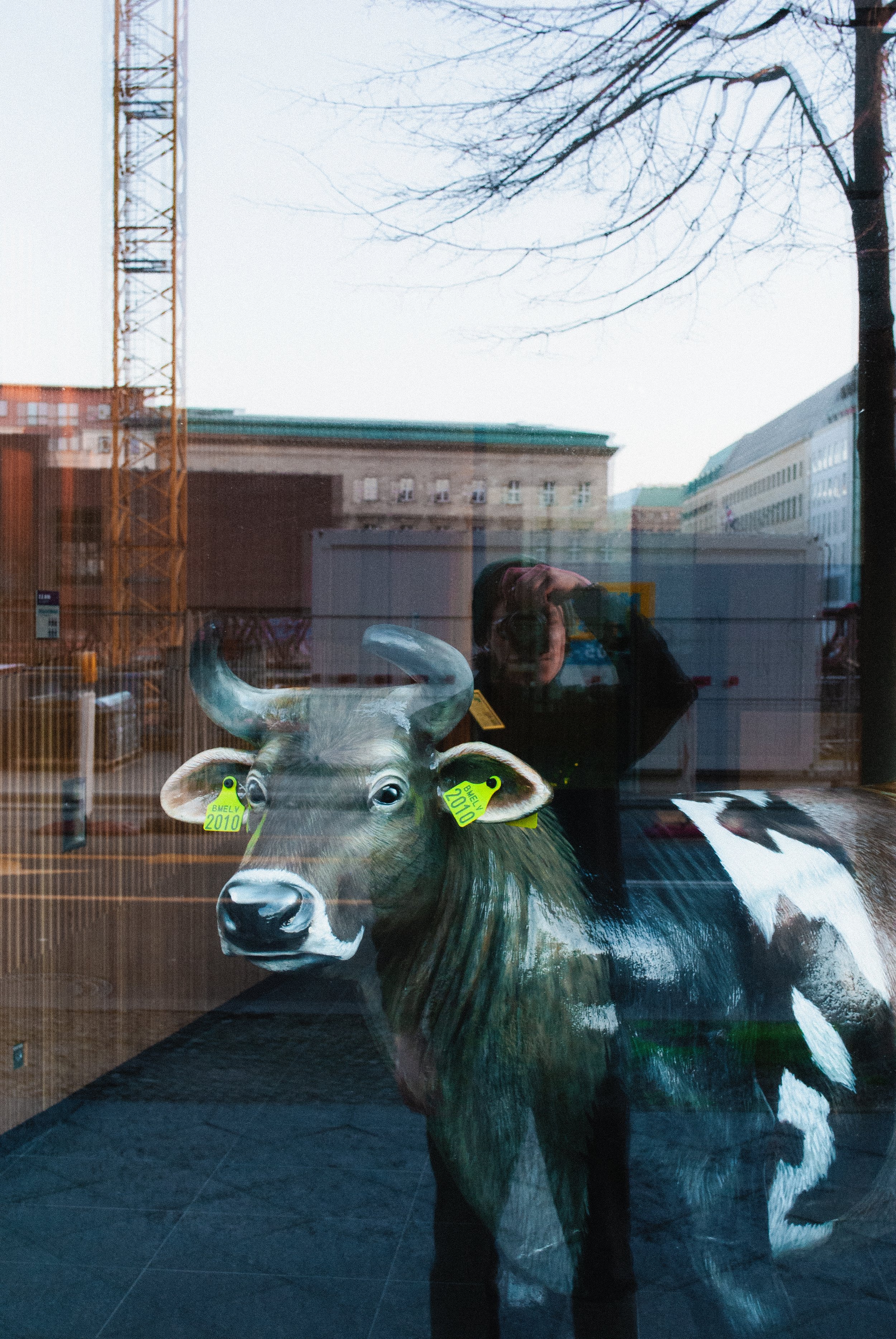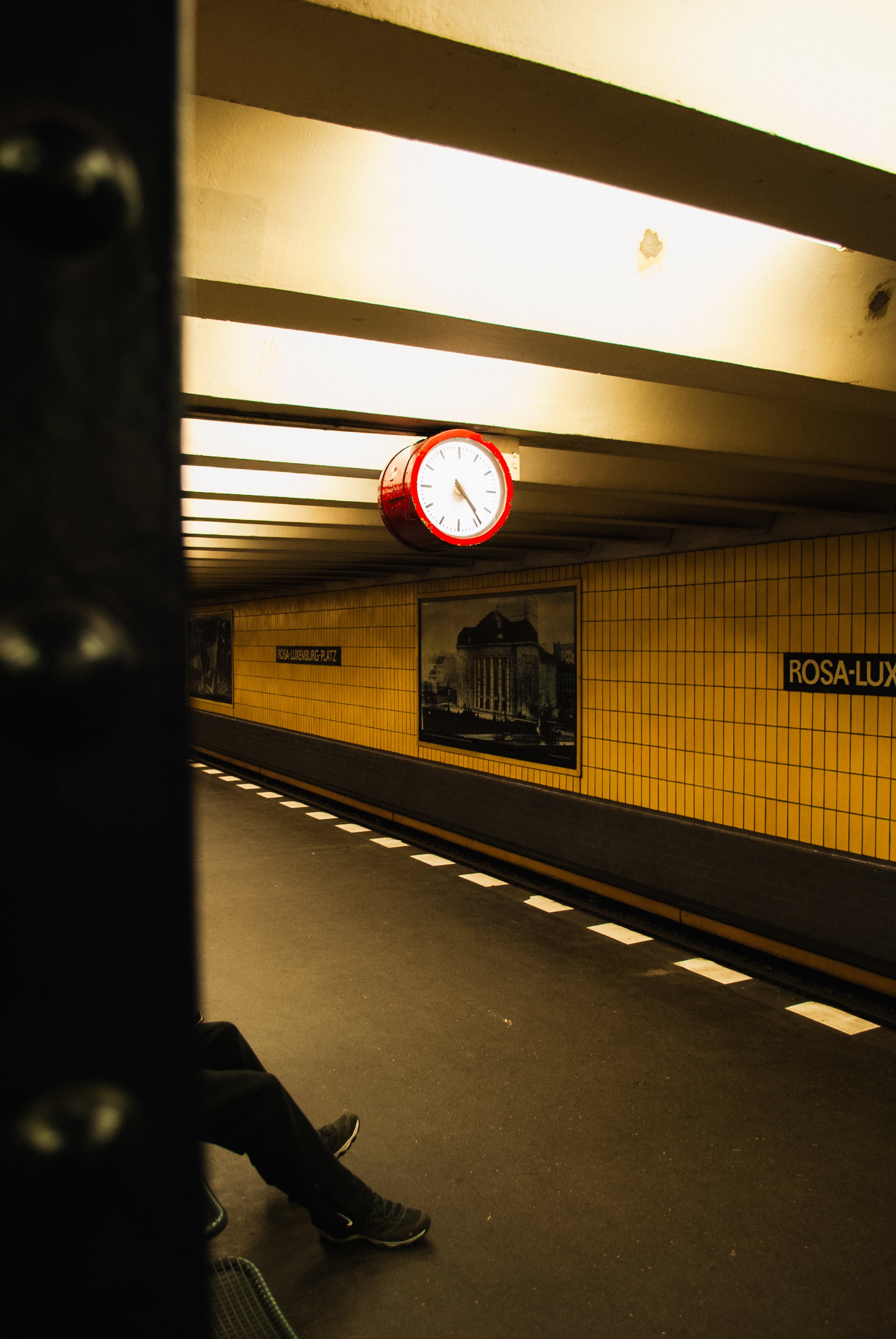An ode to Nikon’s final CCD DSLR
In the early 2000s, the camera industry was slowly switching from CCD sensors that many people chase these days to the more modern CMOS sensors, although some companies like Canon pretty much skipped the CCD technology altogether. This camera from 2009 was Nikon’s final DSLR with an APS-C CCD sensor, with the usual-for-the-time 10MP. Despite being a forgotten entry-level camera, it actually surprised me by how good it is—falling just short of being downright incredible, if not for one big limitation.
When it launched, the Nikon D3000 had a price tag of $899, which would be $1,317.67 in today’s money. These old DSLRs are always a reminder of how far modern cameras have come and how much they offer for less money. Like this Nikon D3000—it doesn’t even have video capabilities. But for the price you can find it at today (I got mine for just about $80 including the stabilized kit lens), this camera is great. And the main thing, of course, is those great early 2000s CCD colors. I’d say they feel somewhat similar to modern Nikon Z cameras’ color science, but maybe even a bit deeper—at least at the starting point in RAW files. The blues and greens are especially great without much correction, and I like Nikon’s Camera profiles that you can choose in Lightroom, like the Standard one or the three DX profiles. In general, most of Nikon’s old DSLRs seem to have great RAW files that look like they’ve already been processed, so you don’t need much editing.
Below: unedited raw images using Nikon’s kit 18-55mm lens


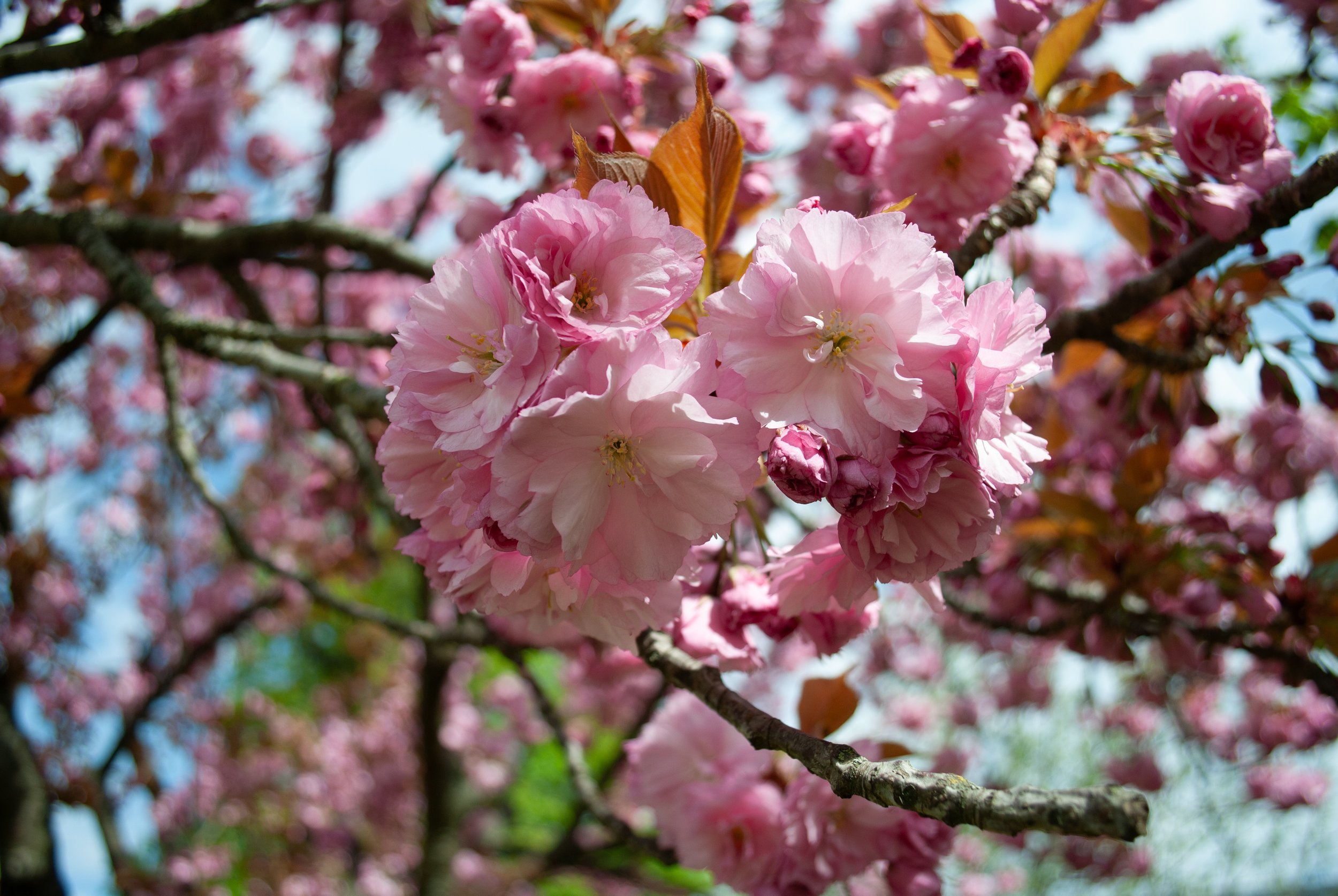
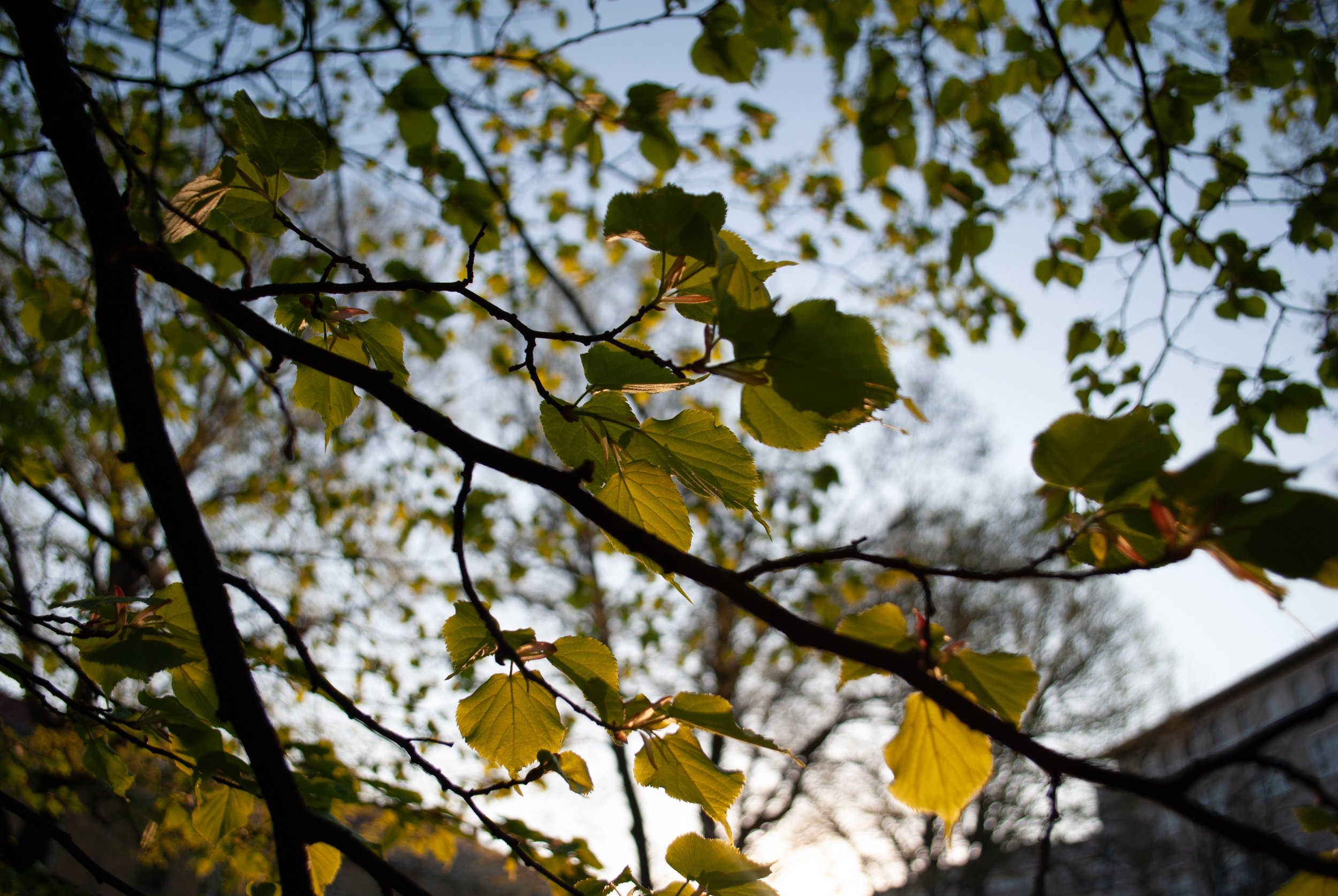



The rendering, in general, looks quite organic and smooth without any digital oversharpening. I was quite surprised by the kit lens in this sense. It’s just the usual 18–55mm zoom lens, but it’s quite sharp, the autofocus is fast and quiet, and the stabilization works really well—so you could easily shoot handheld with a slow shutter of 1/10 of a second without major issues.
Of course, one of the advantages of Nikon’s older cameras is that they used the F-mount, which opens up one of the biggest and maybe best ecosystems of lenses. So this entry-level Nikon D3000 can become even better with some fast primes like Nikon’s 35mm f/1.8 DX, which just makes images even better.
You can also potentially mount all the vintage manual F-mount AI-S lenses… but here lies the only major and very frustrating catch.
The D3000 doesn’t meter with manual lenses. So if you're using an old AI-S lens, you’re stuck in full manual and you don’t see exposure metering. And maybe an even more frustrating thing is that this camera has a nice digital rangefinder for manual focus, which actually shows where your focus should be. Even without metering, this feature alone would still make this camera very interesting to shoot with vintage manual lenses—but the digital rangefinder does not work in manual mode. So when you’re in aperture priority, this camera gives you hope by helping you nail focus, but then you can’t take a picture in this mode. And when you switch to manual, you lose any indications. I’m really not sure what prevented Nikon from at least letting you choose what to see in Manual, but here we are. You pretty much have to guess exposure or use an external meter—and nail focus on top of that—which makes the D3000 basically useless for vintage lenses, because some Nikon cameras, only marginally more expensive, will help you with both.
That said, if you’re sticking to AF lenses—or just don’t mind the extra guesswork—it’s a great little camera. It’s not loaded with features, but it’s reliable. It has a very nice and quiet shutter sound, very good image quality, and it’s very small and light—much smaller than most other DSLRs—so it actually feels nice to use it day-to-day.
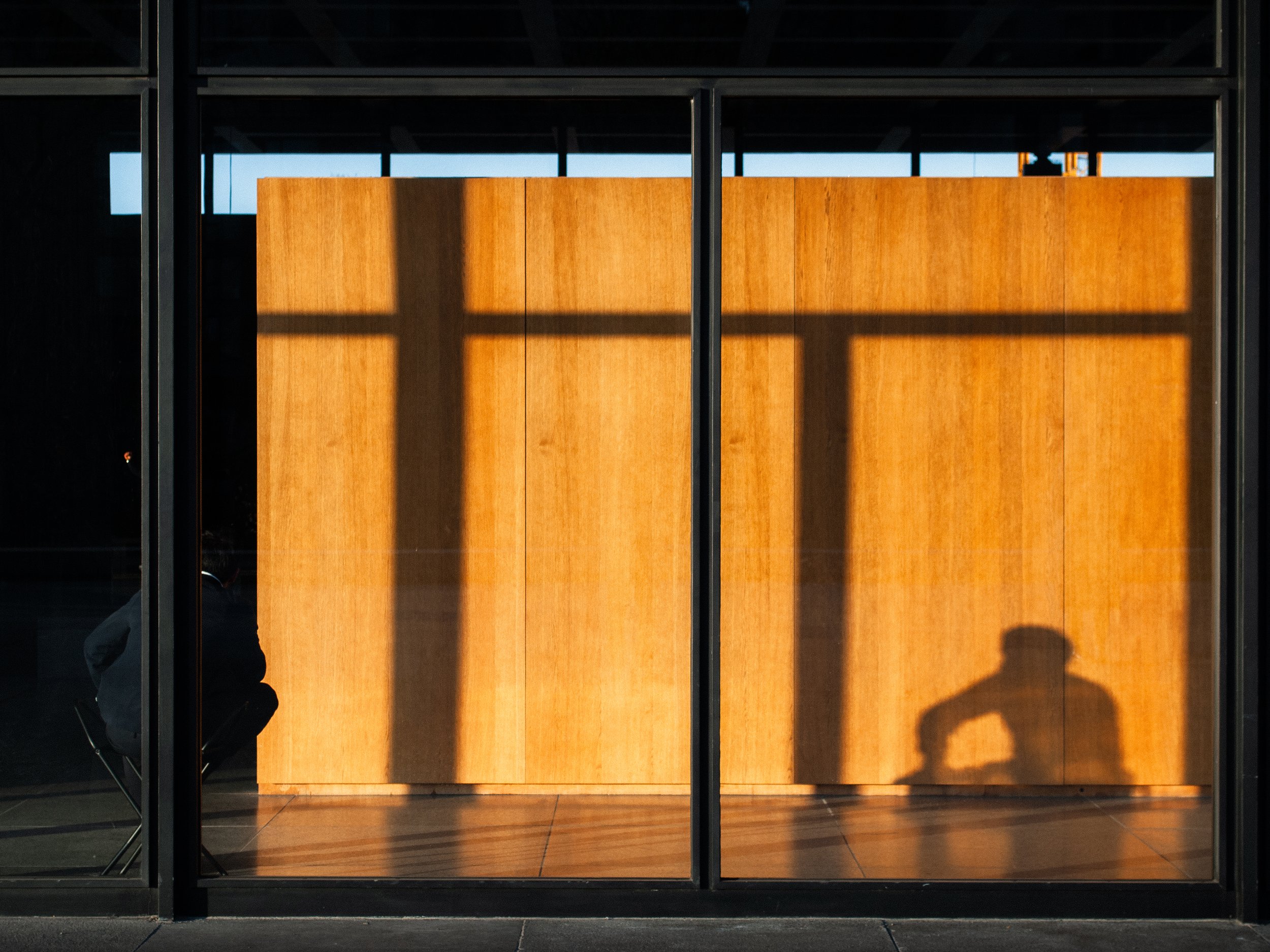





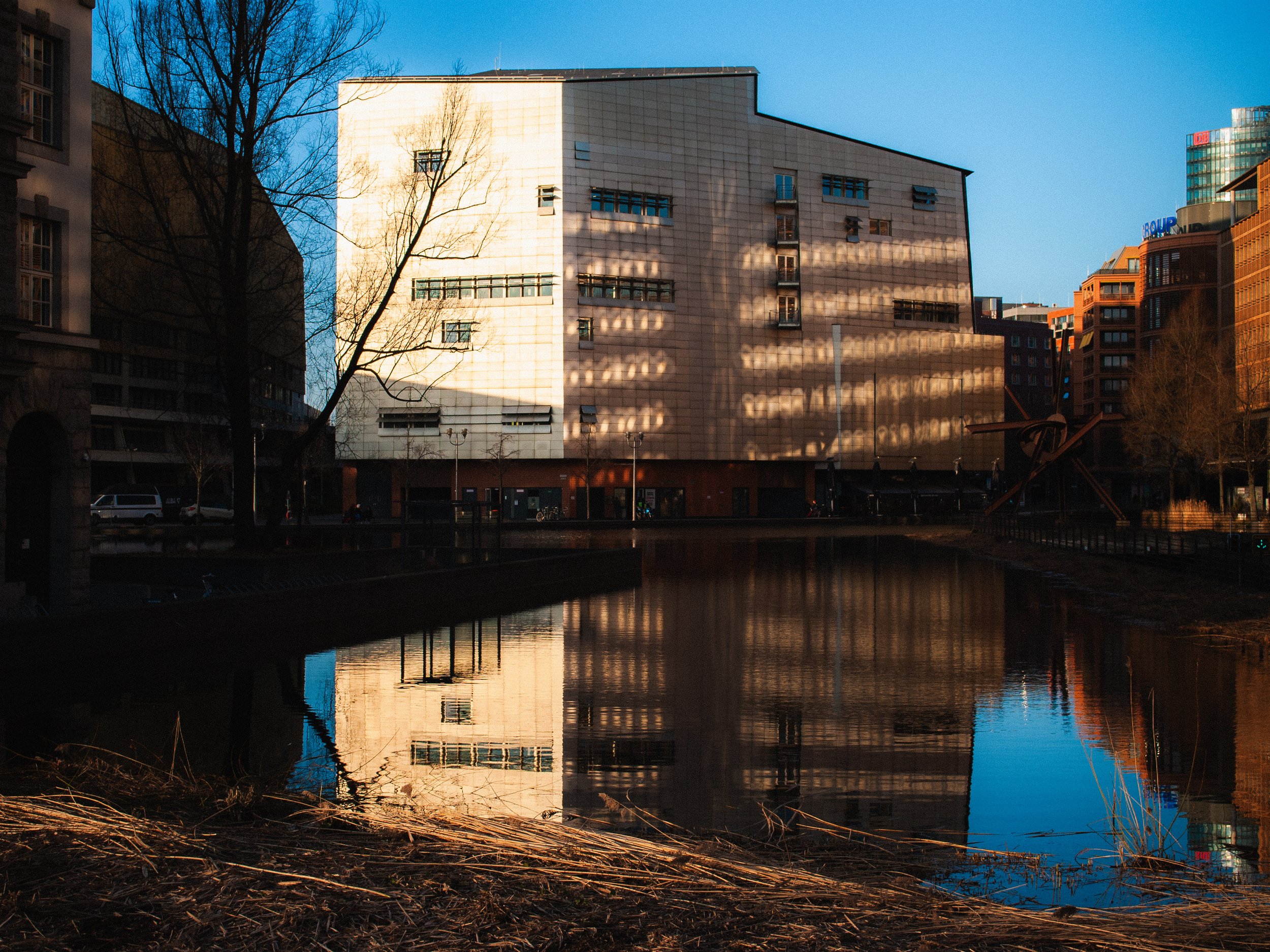

So yeah, this was Nikon’s final CCD DSLR before they fully switched to CMOS sensors for all their models. Nikon continued to somewhat experiment with the subsequent D3000 series cameras, though, so when you start digging through the Internet Archive, there are some kinda interesting details about the sensors in later models. But maybe that’s a story for another time. This D3000, meanwhile, is a great little camera—it’s simple, it’s cheap, it’s light, it has great image quality, and I had a lot of fun shooting it.

